
Eagle is a village in southwest Cass County, Nebraska, United States. As of the 2020 census, the village population was 1,065.

Lyndonville is a village in Orleans County, New York, United States. The population was 838 at the 2010 census. The name was selected because some of the early settlers were from Lyndon, Vermont. It is part of the Rochester Metropolitan Statistical Area.

Hampton is a town in Washington County, New York, United States. It is part of the Glens Falls Metropolitan Statistical Area. The town population was 938 at the 2010 census, an increase of 7.2% since the 2000 census. The town of Hampton is located in the northeastern corner of Washington County.

Hartford is a town centrally located in Washington County, New York, United States. It is part of the Glens Falls Metropolitan Statistical Area. The town population was 2,193 at the 2020 census.

Granville is a village in Licking County, Ohio, United States. The population was 5,946 at the 2020 census. The village is located in a rural area of rolling hills, known locally as the Welsh Hills, in central Ohio. It is 35 miles (56 km) east of Columbus, the state capital, and 7 miles (11 km) west of Newark, the county seat.
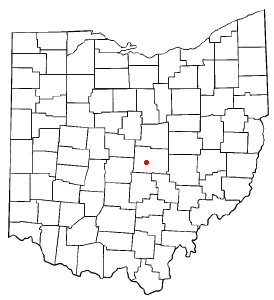
Granville South is a census-designated place (CDP) in Licking County, Ohio, United States. The population was 1,420 at the 2020 census.

Granville is a town in Addison County, Vermont, United States. The population was 301 at the 2020 census. The town was originally called Kingston but was renamed in 1833.

Hancock is a town in Addison County, Vermont, United States. The town was named for John Hancock. The population was 359 at the 2020 census. Hancock is home to the Middlebury College Snow Bowl and contains Middlebury Gap through the Green Mountains.
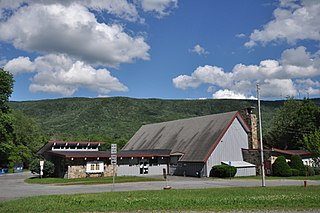
Stamford is a town in Bennington County, Vermont, United States. The population was 861 at the 2020 census.

Kirby is a town in Caledonia County, Vermont, United States. The population was 575 at the 2020 census.

Colonie is a village in Albany County, New York, United States. The population was 7,793 at the 2010 census.
Andover is a village located in the town of Andover in Allegany County, New York, United States. The population was 1,042 at the 2010 census. The name is derived from Andover, Vermont.

Portville is a village in Cattaraugus County, New York, United States. It is in the southern part of the town of Portville and southeast of Olean. The village population was 916 at the 2020 census, out of a population of 3,730 in the entire town of Portville.

Alden is a village in Erie County, New York, United States. The population was 2,605 in the 2010 census. It is part of the Buffalo–Niagara Falls Metropolitan Statistical Area.

Corinth is a village in Saratoga County, New York, United States. The population was 2,562 at the 2020 census. The village takes its name from the Greek city of Corinth.
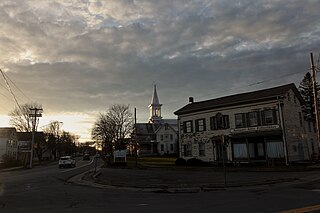
Esperance is a village in Schoharie County, New York, United States. The population was 345 at the 2010 census. The village was given the French name for "hope."

Granville is a town on the eastern border of Washington County, New York, United States, abutting Rutland County, Vermont. It is part of the Glens Falls Metropolitan Statistical Area. The town population was 6,215 at the 2020 census.
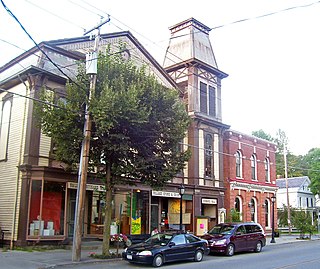
Cambridge is a village in Washington County, New York, United States. The population was 1,870 at the 2010 census. The village of Cambridge is partly in the town of Cambridge and partly in the town of White Creek. It is part of the Glens Falls Metropolitan Statistical Area.
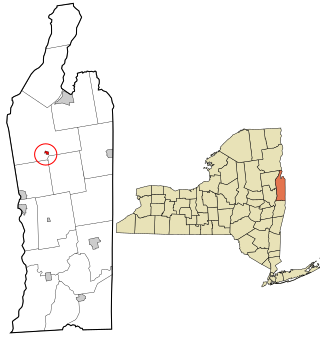
Fort Ann is a village in Washington County, New York, United States. It is part of the Glens Falls Metropolitan Statistical Area. The village population was 484 at the 2010 census. The name is derived indirectly from Queen Anne and the local fortification built in 1757 and named after her.

Whitehall is a village located in the town of Whitehall in Washington County, New York, United States. It is part of the Glens Falls Metropolitan Statistical Area. The village population was 2,614 in 2010.





















